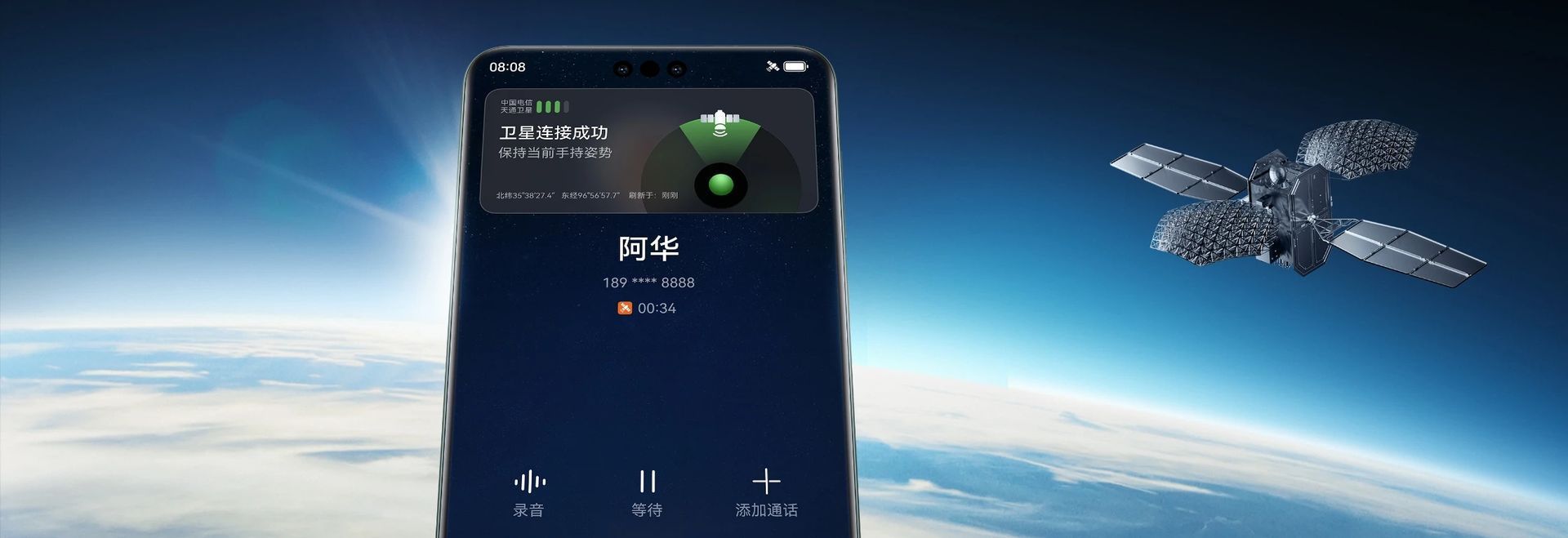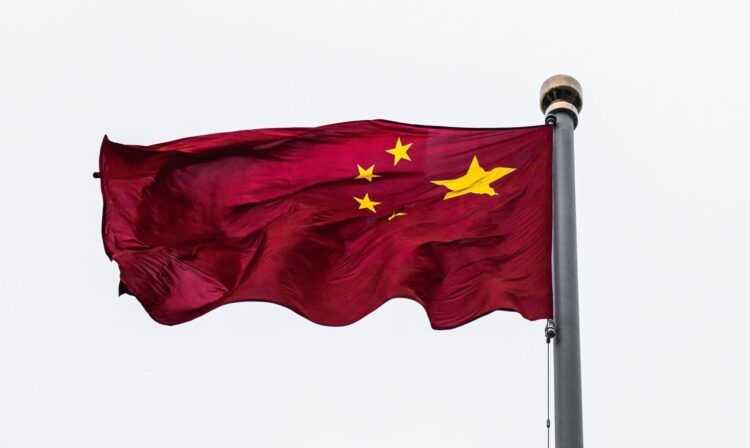In a groundbreaking development that showcased a significant China chip breakthrough, the recent Huawei teardown of the Mate 60 Pro has unveiled a pivotal moment in the realm of semiconductor technology. This teardown not only revealed the inner workings of Huawei’s latest flagship but also showcased the resonating effect of the China chip breakthrough, marking a remarkable stride in the country’s quest for chip self-sufficiency.
In this article, we will delve into the details of this Huawei teardown and the broader implications of this China chip breakthrough, particularly in the context of global tech competition and ongoing trade tensions.

How the Huawei teardown marks China chip breakthrough
The heart of Huawei’s Mate 60 Pro is SMIC’s 7nm chip, a technological marvel that signifies China’s rapid progress in building a domestic chip ecosystem. This marks the first time SMIC has employed its advanced 7nm technology to create a chip. It’s a clear sign that the Chinese government is pushing ahead with its efforts to reduce dependence on foreign technology, especially American-made chips.
Implications for American tech companies
The launch of the Mate 60 Pro powered by a domestically-produced chip is undoubtedly a game-changer for China’s tech industry. However, it presents a challenge for American tech giants operating in China, such as Qualcomm and Apple. These companies may face increased competition in the Chinese market as Huawei’s latest offering showcases China’s capabilities in semiconductor technology.

A message to the United States
The timing of the Mate 60 Pro’s release is intriguing, as it coincided with the end of U.S. Secretary of Commerce Gina Raimondo’s visit to China. It can be seen as a message from China, highlighting the ineffectiveness of U.S. technology sanctions. China’s Global Times characterizes these sanctions as a futile attempt to hinder China’s progress.
Tech insights into the Mate 60 Pro
A teardown of the Mate 60 Pro revealed that the Kirin 9000s chip powers the device. This 12-core processor boasts a top clock speed of 2.62 gigahertz and features a new AI engine that’s 20% more potent than its predecessor. The use of this domestically-made chip represents a significant achievement for Huawei, which was compelled to stop using U.S.-made chips in 2019 due to sanctions.

Growing maturity of the Chinese chip industry
The development of the Kirin 9000s chip is indicative of the Chinese chip industry’s growing maturity. SMIC, one of the world’s leading chipmakers, has technology that rivals the best in the United States. This highlights the success of the Chinese government’s investments in the chip sector, foreshadowing more domestically-made chips in Chinese products in the future.
A possible violation of sanctions
Despite the U.S. ban on providing 5G chips to Huawei three years ago, Huawei’s collaboration with SMIC on the 7nm chip reveals an unexpected twist. It raises questions about whether SMIC may have violated U.S. sanctions by supplying chips to Huawei, a development that could further complicate the ongoing tech tensions between the two nations.

Huawei’s Mate 60 Pro powered by SMIC’s 7nm chip signifies a significant step forward for China’s semiconductor industry. It demonstrates the country’s determination to become self-reliant in chip manufacturing, with potential consequences for American tech companies operating in China. As technology continues to be a battleground in the U.S.-China relationship, the launch of the Mate 60 Pro serves as a symbol of China’s progress and determination in the face of adversity.
Featured image credit: Alejandro Luengo / Unsplash





